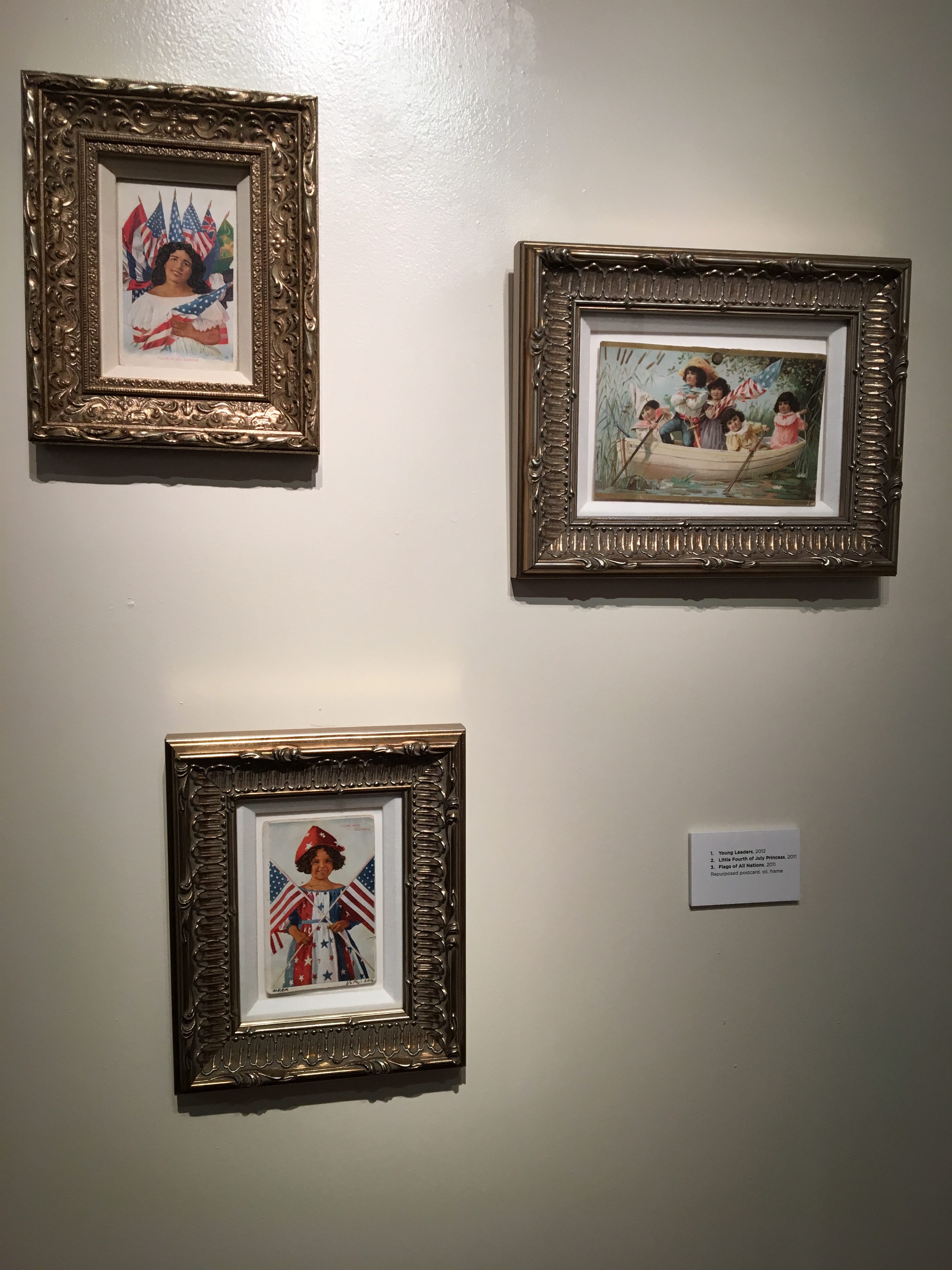By Monica Sudfield | Published by October 25, 2018
“American Latinx,” an exhibit by artist Linda Vallejo, opened at the Karl and Helen Burger Gallery in Kean’s Center for Academic Success (CAS) building on Sept. 4 and will run until Dec. 14.
Vallejo’s works include a variety of paintings and sculptures of brown individuals that were originally created white. She uses a technique called reappropriation, which is reclaiming an idea and altering it.
“I tend to make people brown who I do like, like Marilyn Monroe,” said Vallejo. “I don’t make things I hate brown, I make things I love brown. I want them to be like me.”

According to Vallejo’s website, lindavallejo.com, her life of study and international travel has influenced her art to be contemporary cultural, spiritual, and political.
“American Latinx” is commonly categorized as political because the altering can be considered a political action, although Vallejo considers her exhibit more autobiographical.
“I’m kind of like a little girl with a brown crayon painting her doll brown. I’m kind of like a little boy with a crayon painting his action figure,” said Vallejo. “To make the work like me, the work is really autobiographical.”
Vallejo asked students who attended the exhibit who they would paint brown if they had the opportunity. Samantha Henry, senior majoring in public relations, chose Taylor Swift.
“[Vallejo] explained that she paints people brown who she feels deserve to be. Taylor Swift is my favorite celebrity and she does a lot for others, so I think she is fitting for the part,” said Henry.
A few additional pieces in her exhibit are works compiled of brown dots to create an image. Vallejo calls it “The Brown Dot Project.”

During her time in Los Angeles, she met a dealer who gave her one of her first solo exhibits. With him typically being a minimalist exhibitor, she began thinking what her work would look like if it were from a minimalist point of view.
“Suddenly I started thinking about brown circles. I don’t know why, don’t ask me why,” said Vallejo.
The brown dots represent data about Latinos across the nation. Vallejo says that knowing the data helps Latinos to know themselves and helps other people to see them correctly.
“It takes longer to study the data than to dot the things,”said Vallejo.
“American Latinx” has had 135 exhibitions, publications and special projects since 2015, Vallejo told the students.
“Do you think brown is intelligent and gifted? Brown has every capacity that every color in the world has,” said Vallejo. “You must believe these things in order to change the world.”

You must be logged in to post a comment.